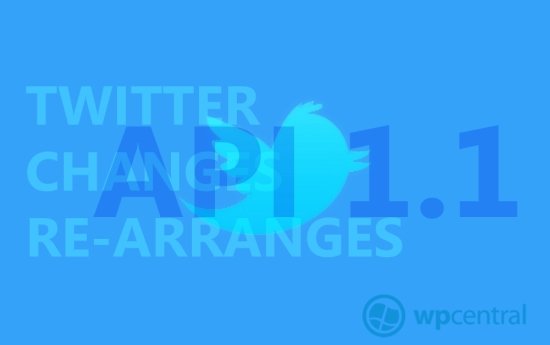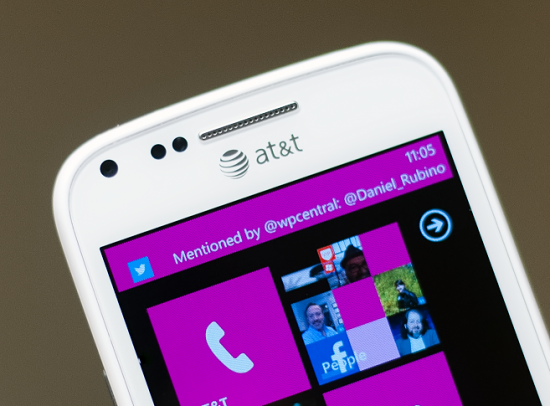Twitter changing how third-party apps use its services. How will it impact Windows Phone?

Twitter has announced some sweeping changes to their all-important application programming interface or just API. This API is essential plumbing to allow application developers access to the “fire hose” of data from twitter. It has been no secret that Twitter wish to tighten their grip ever more over whom can access their system. With their latest set of guidelines, they show they mean business.
As Windows Phone users, we are literally spoilt for choice when it comes to third party twitter apps, with the likes of Rowi, Carbon, glƏƏk!, Mehdoh and Birdsong (to name drop a few). The new API could mean real headaches for those trying to differentiate with their Twitter client...
First up is that authentication will be required by all endpoints, in the case of Windows Phone, that means twitter clients or the built in twitter functionality. Currently some public data is available to endpoints, the new API will do away with that loophole. Nothing big here, it just means Twitter will have a better idea of who’s accessing what.

The second change will be that Twitter will enable something called Per-endpoint rate limiting. Essentially this looks to give Twitter more control over how much of the Twitter data can be sucked down at a time. Some applications might want more than the current 350 calls per hour and opt for the much higher 720 calls per hour. For the average Twitter app, those calls will be knocked right down to 60 calls per hour, per endpoint (or rather "...you can send 60 Tweets, look at 60 user profiles, and refresh 60 times in an hour").
The big changes really revolve around what Twitter calls the 'Developer Rules of the Road':
- New display requirements – With this Twitter will effectively be locking down how their data is displayed on ANY client. Standardising the format might seem innocuous enough but it could spell the end to varied third party twitter apps. If they feel you have deviated too far from their path, they will revoke the application key. We certainly do not want to see a situation where all Twitter clients look and act the same. We’re sure devs don’t either.
- Pre-installed mobile applications will need to be Twitter “certified” - That means any twitter clients that come built into mobiles, from the native Twitter functionality of Windows Phone to the deep integration into Android and iOS. That will mean now working with Twitter closely to get approval. We suspect that is exactly the relationship Twitter have had with Microsoft for some time. The two had a few issues in the past with Twitter access. Some of that friction was likely down to it being built into Windows Phone. Our take is that Twitter is likely looking to get paid by the companies that are directly profiting from their service.
- Developers have to work with Twitter directly if they need a large amount of user tokens - Popular Twitter apps that are using over 100,000 tokens will need to work with Twitter from now on. Current applications with around that amount of users/tokens have a further 200% of growing space before they need to act. Once they reach that, it’s time to go speak with Twitter. Reasons could vary for this, ensuring good service quality by checking the most popular apps do not pull too much data. Perhaps Twitter wants to see if they can charge for access for the popular apps?
More control for Twitter is on the cards here, we think this is still the tip of the iceberg. Whilst not that drastic, these new rules give Twitter greater power to approve or disprove apps that use their system. With that could come some complications for developers, less differentiation and in some cases direct oversight from Twitter.
If you’re a developer, we’d love to know what you think of these changes. Even if your not a developer we’d love to hear your thoughts.
All the latest news, reviews, and guides for Windows and Xbox diehards.
Source: Twitter

Robert is a Former Contributor for Windows Central, covering hardware, software, and Windows Phone.
